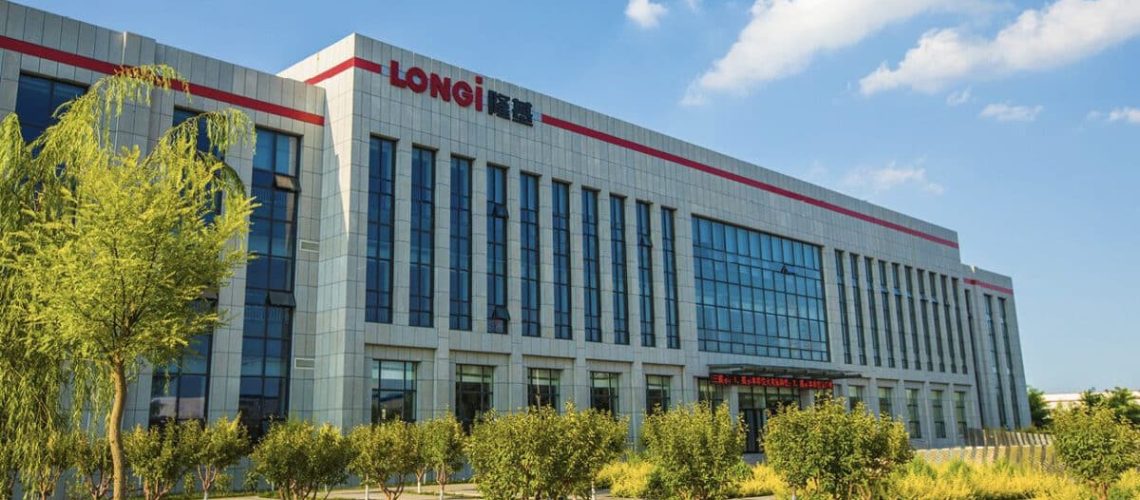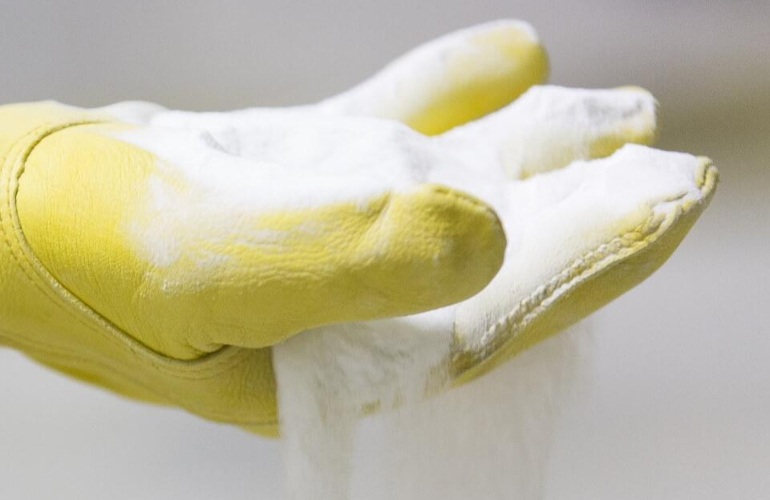pv magazine: The PV module market has recently been defined by very low prices. How is Longi faring in this environment?
Haimeng Zhang: Pricing is at the top of our minds, currently. If people keep rushing in to produce more while demand stays the same, the price becomes unsustainable. If everyone is losing money, maybe a correction is not too far away. We’re looking very closely at where each of the players are at, how much more pain they can endure, and when we may start to see some signs of sanity. The industry needs to correct to something like $0.12/W to $0.13/W. If you get as high as $0.15/W, you’ll have a pretty good margin to invest in R&D but with $0.12/W to $0.13/W, you can only get by.
A colleague from another company recently asked me ‘why do you sell at $0.11/W when you could sell the exact same volume at $0.20/W?’ This has stayed with me. High cost was previously a barrier to solar adoption. We managed to reduce that cost over time and Longi played a key role in that. And now this over-competitive price setting makes no sense – it doesn’t expand the market. The cost of solar is not a barrier anymore. Barriers now are energy storage and the grid, yet we continue to lower the price of solar. It helped in the past but it doesn’t help anymore. And some are still thinking that way – that if we lower the price, we get more demand. But that isn’t the case anymore.
What needs to happen to get back to this level of $0.12/W to $0.13/W?
At least some players need to be weeded out. Some capacity needs to go offline, particularly in the polysilicon segment. Those factories rely on huge furnaces, processes that cannot easily be stopped and started, so they don’t want to reduce production. They are losing cash and building inventory and that can’t last forever. Even in the next few weeks, things could start to turn. As soon as some polysilicon makers start thinking ‘forget it, I just don’t have the cash to lose,’ that will trigger a chain reaction.
Buyers and regulators are increasingly concerned about ESG practices. How has this affected Longi’s business?
Expectations are rising. US and European stock exchanges, as well as the Hong Kong Stock Exchange have mandatory ESG reporting. Longi is listed in China so there is still no mandatory reporting for us. Nonetheless, we have our annual sustainability report that essentially covers all ESG facets. Investors expect this, as do regulators, particularly in the US and Europe. And increasingly our customers do as well.
One area we look at a lot is carbon footprint and environment-specific impacts. We have our first, what we call, ‘zero carbon factory’ in China. The idea is to use hydropower and solar on-site to completely decarbonize the production process. With some certification bodies, though, we have run into a challenge: the hydro in China is not counted as zero carbon energy. They work on the average energy mix for the region rather than project-specific data. We want to push for some change in that methodology. We also want to work with the utility providing that hydropower to us and convince them to get certification. But as a local Chinese company they are not strongly motivated to work on certification from European entities that their electricity is green.
We have these challenges but the direction is clear. We need to decarbonize our production. The plan is to come up with a very low-carbon product, particularly for the European market, in the very near future. Zero carbon would be an overstatement but it is a significant reduction to the footprint in scope 1 [direct] and scope 2 [energy supply] emissions and we are not only buying carbon credits to offset. Scope 3 [emissions from other suppliers in the value chain] is trickier but we work with suppliers and provide training for them to understand our customers’ needs.
Are there costs associated with something like a low-carbon module? How will this product compare with others on the market?
Decarbonization needs to take place at system level and we are proceeding with this, step by step, starting with our own factories then working with our upstream suppliers. We will demonstrate with a product that solar manufacturing can be effectively decarbonized. It may initially come at a higher cost and we will also need to work with our customers on how we share those costs. It’s a collective effort for the whole supply chain.
Right now, the energy used to produce a solar panel is around 0.4 kWh/W. Over its lifetime a solar panel generates on average 40 kWh/W, based on 1,500 hours per year for 25 years. That’s 100 times the benefit.
Something like 90% of the entire value chain for solar production is in China and China represents half of the world’s PV demand – meaning nearly half of that production is sold overseas. Those emissions from manufacturing are counted in China while the benefit goes to another country.
The next step is to clean up this 0.4 kWh because China wants to become less carbon intensive. Several years ago, we said we wanted to do ‘solar for solar.’ But solar does not give us round-the-clock energy. Hydro, nuclear, or energy storage are needed for this to come together.
Integrating recycled materials is also an important part of sustainability in manufacturing. Has Longi made any progress here?
For now, it’s only the module frame. We’re working with suppliers to use recycled aluminum materials for this. There are also some good recycled-material options available with lightweight steel frames.
There are other smaller impact areas. Recycled material can be integrated into some of the metals used in cell processing. But for us it is very difficult to use other recycled materials and very difficult for recyclers to extract materials from waste modules and reach the required purity. That relates to the module design and making products easier to recycle is a driver in further reducing the carbon footprint.
In our view, recycling is not a good business because the module is used for 25 years or more and the amount of metal, particularly precious metals like silver, in a module is shrinking so the value in recycling that module is limited and on a very long time horizon.
We also realize that it’s something we have to do. Maybe not for decarbonization but it’s required by regulation and it’s what our customers care about. So we are coming up with measures to make our modules much easier to recycle. Making it easier to dismantle [products] is the primary driver. Because, previously, when you try to take a module apart a lot of the components are damaged and it becomes difficult to recover anything useful.
We are working with the industry to come up with design standards so that recyclers can handle the modules more easily. Currently this is largely focused on avoiding hazardous materials or those which will have environmental impacts when the module is decommissioned.
Now can we talk about the ‘social’ part of ESG?
The biggest issue here is around supply-chain forced labor. This is a very sensitive topic and the different governments in China, the US, and Europe have their own views and requirements on PV module suppliers like us.
As a private business, trying to comply with these different sets of regulations is a lot of work. What we do is segment our practices for different regulators and customers. For the United States, if they say ‘we don’t want certain material,’ there is always reasonable doubt because despite traceability documentation you cannot tell the difference between this silicon and that silicon. They all look the same.
The burden of proof is on us and it is not always provable. So we have built an entire supply chain outside of China, beginning with polysilicon produced in Europe. Then there is no doubt whatsoever. This comes at a higher cost but if customers in the US are willing to pay it, then so be it.
That segment is also available to customers elsewhere but to my knowledge none of our European customers have been willing to pay that extra cost. They prefer to go with traceability. We provide the full documentation: where the silicon originates, where it is processed. We make sure that we have certified, audited documentation covering all of this.
For now, we provide full traceability documentation to those customers that ask for it. The next step will be to provide it automatically so the customer doesn’t even need to ask. We are planning this for all customers in Europe. They scan a QR code and have the full documentation. There are additional costs for this and we considered charging a fee for customers who require it but with our scale that makes no sense. Once you amortize that over the volume that we are shipping to Europe it’s a very small cost, so we provide it for free as part of a good customer service attitude.
Those are the main three segments. Other regions also have some requirements and we ask them to choose the level of traceability that they need.






